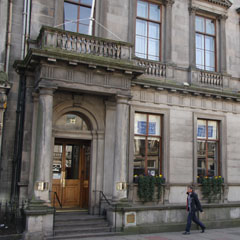Mound Place, EH1 2LX

The Nor’ Loch was drained between 1813 and 1820 to become Princes Street gardens. Draining of the Loch was the result of pressures from Edinburgh’s growing upper class to rid the City of the stench emanating from it. The Loch had become a dumping ground for the population of Edinburgh, including waste from the city’s slaughterhouses. As such, it had become a serious public health issue, even though there was no evidence to suggest that the Loch ever supplied the people of Edinburgh with drinking water. The Mound – the hill you are currently standing on – is manmade, formed between 1781 and 1880 from material collected while digging the foundations for the buildings in New Town. It provides extensive views of Princes Street and the city of Edinburgh, including a view of the famous Scott Monument. Construction of the Scott Monument began in 1840 in honour of the Scottish Poet Sir Walter Scott (1771-1832). It was designed by carpenter and self-taught architect George Meikle Kemp (1795-1844). Beautiful and impressive as it is, the story of how it was built is a dark one. There is anecdotal evidence to show that many of the stonemasons who worked to create it contracted silicosis/tuberculosis from a combination of the intensive stone work required and the dusty properties of the sandstone used to construct it.


Artist: unknown. Date: about 1841-44.
(Scottish National Portrait Gallery)

Artist: unknown. Date: about 1841.
(Scottish National Portrait Gallery).

Find out more

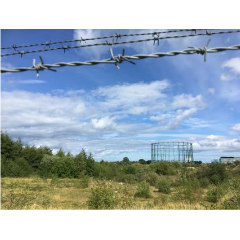
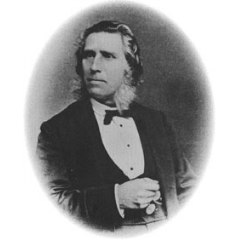
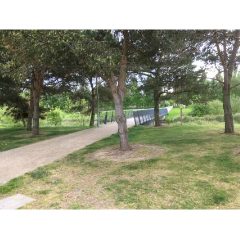
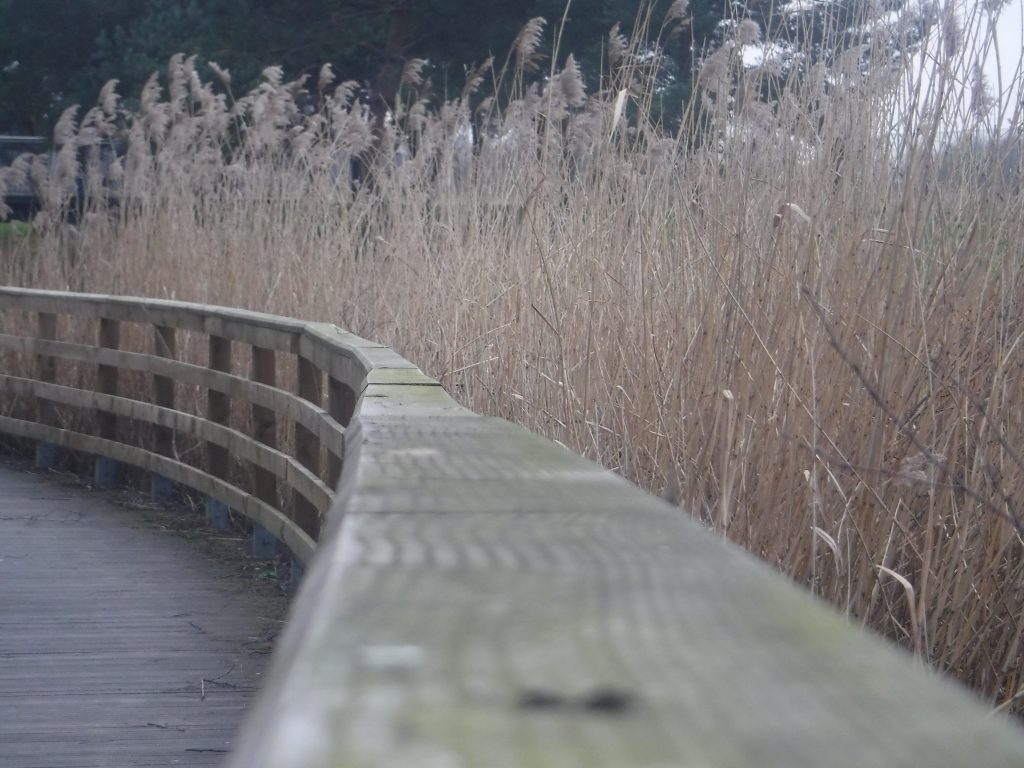
 Scott Monument, E. Princes St Gardens, Edinburgh EH2 2EJ
Scott Monument, E. Princes St Gardens, Edinburgh EH2 2EJ

